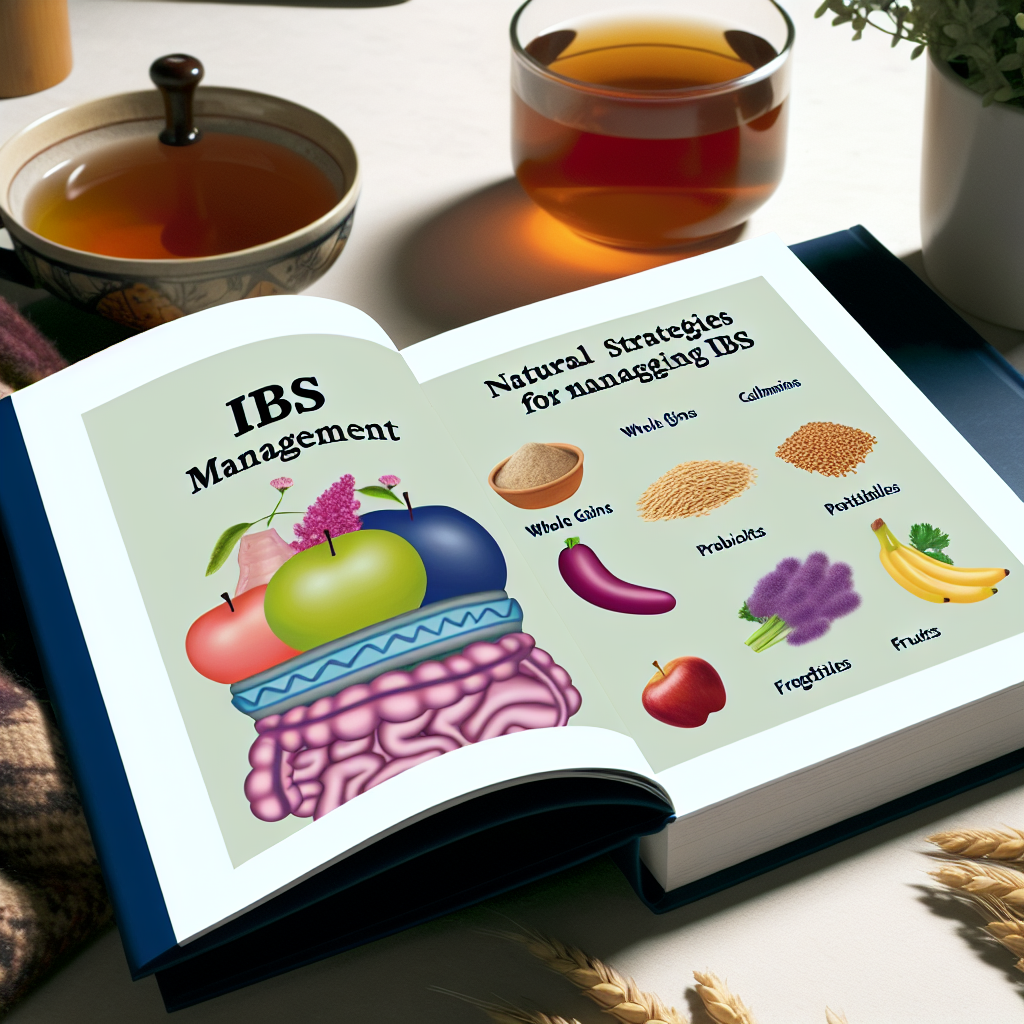Here is the clean, expanded, and formatted blog post:
Healing Stomach Ulcers Naturally with DGL Licorice: A Holistic Approach
Stomach ulcers, medically referred to as peptic ulcers, are painful lesions that form on the lining of the stomach or the upper part of the small intestine. These ulcers often arise when the stomach’s natural protective mucus barrier is weakened — a condition influenced by factors such as Helicobacter pylori (H. pylori) infection, chronic NSAID use, smoking, stress, and excessive alcohol intake.
While conventional treatments like proton pump inhibitors (PPIs), antacids, and antibiotics are effective, many people are exploring natural remedies for sustainable, side-effect-free relief. One standout herbal approach is Deglycyrrhizinated Licorice (DGL) — an extracted form of licorice root that has had glycyrrhizin removed to ensure safety during long-term use.
DGL has a long-standing tradition in Ayurvedic and Traditional Chinese healing for digestive wellness. Today, research supports its powerful yet gentle healing action on the gut. By enhancing the body’s mucosal defenses and supporting cellular repair, DGL offers a natural pathway to managing and reversing the discomfort of stomach ulcers, all without reducing much-needed stomach acid levels.
In this article, we’ll dive into the scientific studies that validate DGL’s effectiveness and show you how to use it appropriately in your natural healing routine.
The Science Behind DGL Licorice: How It Supports Stomach Ulcer Healing
Multiple clinical studies have examined the stomach-healing properties of DGL licorice, with compelling findings.
One of the landmark studies was published in the journal Gut in 1968, where ulcer patients who consumed 760 mg of DGL three times daily saw significant healing within 8 to 16 weeks. This trial showed that DGL was notably more effective than the placebo in promoting mucosal repair (Rees et al., 1968).
Later, a review in Phytotherapy Research (2009) confirmed DGL’s anti-ulcer mechanism of action, which includes:
- Stimulating protective mucus and bicarbonate secretion
- Improving blood flow to the gastric lining
- Enhancing cellular regeneration of the gastric mucosa
These processes work in harmony to bolster the stomach’s natural barrier against digestive enzymes and acid, promoting faster and more complete healing.
DGL vs. H. pylori: A Natural Ally Against Harmful Bacteria
H. pylori is a primary cause of many stomach ulcers. Fascinatingly, DGL not only soothes symptoms but also exhibits antibacterial activity against this harmful organism.
A 2013 study published in Evidence-Based Complementary and Alternative Medicine demonstrated that certain compounds in licorice (including DGL derivatives) can inhibit the adhesion of H. pylori to the stomach lining and reduce inflammation, suggesting that DGL may support not just symptom relief but root-cause resolution in some cases (Awaad et al., 2013).
A Safe Long-Term Option: DGL Without the Side Effects
Raw licorice contains glycyrrhizin — a substance that, while beneficial in some contexts, can cause serious side effects like high blood pressure and fluid retention when consumed over time. DGL is processed to remove glycyrrhizin, making it suitable for safe, daily use for extended periods.
This safety profile, along with its preservation of natural stomach acid production, makes DGL a preferred choice over acid-suppressing medications, which can disrupt nutritional absorption and the gut microbiome.
In fact, in a randomized clinical trial comparing DGL to the acid-blocker cimetidine, DGL showed similar ulcer-healing results without reducing stomach acidity — an essential function for healthy digestion.
Clinical Backing & Global Recognition From Health Authorities
The World Health Organization (WHO) and the European Medicines Agency (EMA) have both recognized the gastroprotective effects of licorice derivatives in their herbal monographs. The Committee on Herbal Medicinal Products (HMPC) at the EMA cited DGL as a well-studied plant compound suitable for therapeutic use in gastric discomfort and ulcers (EMA/HMPC/90680/2010).
Several observational case reports and in vitro studies further establish DGL’s potential in holistic digestive recovery strategies.
How to Use DGL Licorice in Your Daily Gut Health Routine
For best results, chewable DGL tablets are the preferred form. Chewing allows the active compounds to mix with saliva, activating the protective mechanisms that stimulate mucus secretion in the gastrointestinal tract. Swallowed capsules bypass this key activation process and are generally less effective for ulcers.
Suggested Use:
- Take 1–2 chewable tablets (~380–760 mg) before meals, 3 times daily
- Continue regimen for 8–16 weeks or as directed by a healthcare practitioner
- Use consistent with meals and avoid food/drinks that irritate the stomach lining (e.g., spicy foods, alcohol, NSAIDs)
As with any supplement, consult with your healthcare provider before starting DGL — especially if you are pregnant, breastfeeding, or taking other medications.
Conclusion: A Natural Path to Ulcer Relief and Digestive Resilience
Deglycyrrhizinated licorice offers a refreshing alternative for healing stomach ulcers — one that supports the body’s innate defenses rather than suppressing essential functions like stomach acid production.
Backed by both ancient practice and modern scientific research, DGL stands as a safe, effective, and holistic remedy to manage ulcers and protect long-term gastrointestinal health. Whether you’re looking to ease symptoms, speed up healing, or prevent recurrence, DGL could be a valuable addition to your natural health toolkit.
Consider incorporating DGL licorice into your daily wellness routine — and give your gut the support it needs to regenerate, restore, and thrive.
References
- Rees, W. D., Rhodes, J., & Thompson, R. P. H. (1968). Effect of deglycyrrhizinated liquorice on gastric mucosa in man. Gut
- Awaad, A. S., et al. (2013). Anti-ulcer activity of glycyrrhizin and its derivatives. Evidence-Based Complementary and Alternative Medicine
- EMA/HMPC/90680/2010. Community herbal monograph on Glycyrrhiza glabra L.
- Phytotherapy Research (2009). “Mechanisms of anti-ulcer activity of licorice.”
Concise Summary:
Deglycyrrhizinated licorice (DGL) is a powerful natural remedy for healing stomach ulcers. DGL works by stimulating protective mucus and bicarbonate secretion, improving blood flow, and enhancing cellular regeneration in the gastric lining. DGL also exhibits antibacterial activity against Helicobacter pylori, a primary cause of many stomach ulcers. With a long history of safe use and clinical backing from global health authorities, DGL offers a holistic, side-effect-free approach to managing and reversing the discomfort of stomach ulcers.

Dominic E. is a passionate filmmaker navigating the exciting intersection of art and science. By day, he delves into the complexities of the human body as a full-time medical writer, meticulously translating intricate medical concepts into accessible and engaging narratives. By night, he explores the boundless realm of cinematic storytelling, crafting narratives that evoke emotion and challenge perspectives.
Film Student and Full-time Medical Writer for ContentVendor.com



